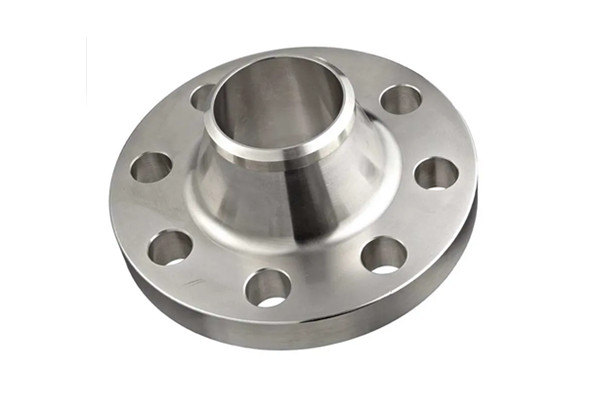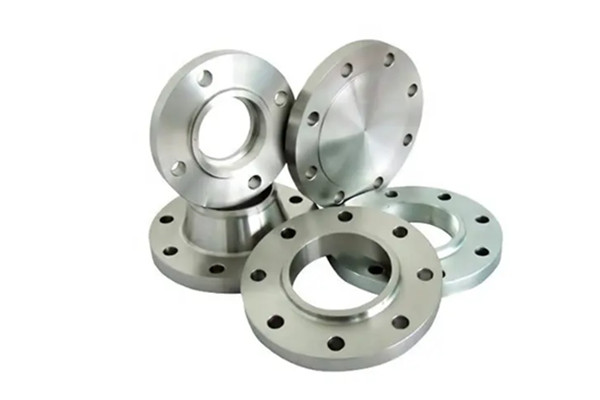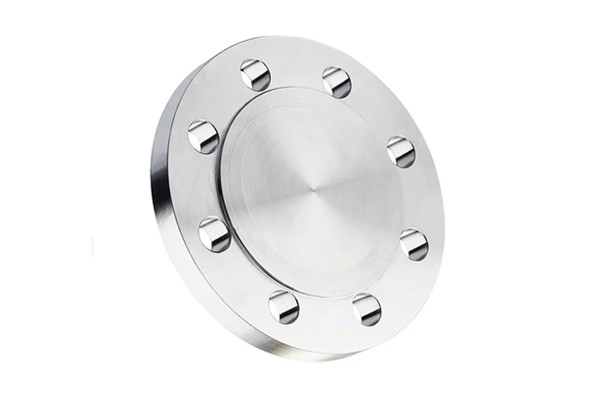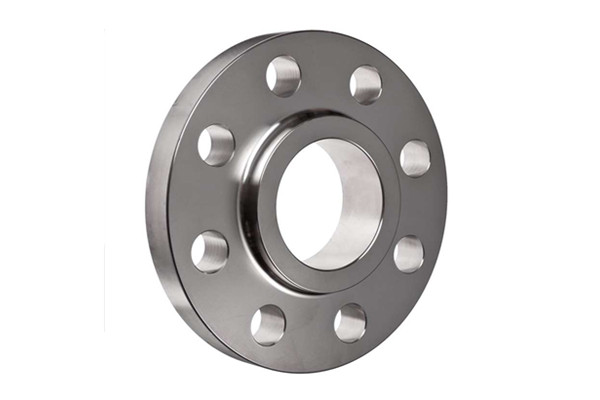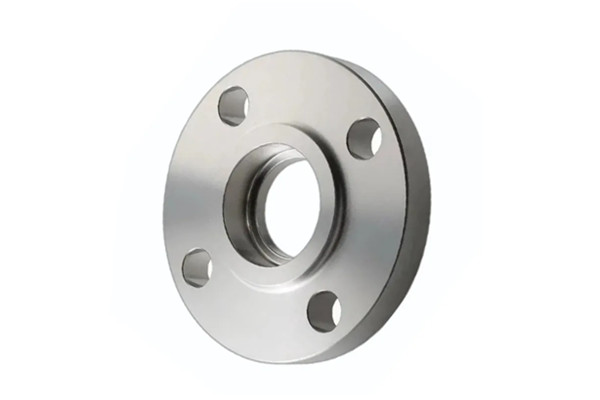INTRODUCE :
Weld neck flanges are easily identifiable by their long tapered hub, which provides critical reinforcement when welded to the pipe. When the flange neck is welded to the pipe, stress is transferred from the flange to the pipe itself, providing additional support. Weld neck flanges are often used in applications with high pressures and extreme temperatures.
Kingrail Parts offers raised face weld neck flanges in accordance with EN 1092-1/11 and ANSI/ASME B16.5 standards in both carbon steel and stainless steel.
Material: Carbon steel, alloy steel and stainless steel
Standard: ASTM A105, ASTM A182
Size: 1/2'' to 24'', customized up to 48''
Thickness: Schedule 10(S) to SCH 160
Pressure level: Class 150 to 2500
Face type: RF, RTJ
SPECIFICATIONS :
Two shapes of weld neck flanges
Weld neck flanges have two forms (shapes), one with a reduced neck, called a reduced neck weld neck flange; the other is a typical long neck with a uniform diameter, called a long neck weld neck flange.
Reducing weld neck flanges
As the name suggests, it is like a combination of a pipe reducer and a flange, so it can be welded directly to a smaller pipe.
Long neck weld flange
Abbreviated as LWN flange, the neck looks like a long and thin pipe and is connected to the flange. Therefore, in most cases, it is used as a nozzle for a column or barrel.
You can choose a long weld neck flange with normal thickness or a heavy LWN flange with a larger thickness and different shapes.
Face type
Like other flanges, it has raised face (RF) type and ring joint (RTJ) type.
Raised face weld flange has a small raised part at the bottom, surrounding the inner hole. The gasket seat will be placed in this raised area. The raised face height will be different according to different pressure grades. For example, the raised face height of 150# and 300# flanges is 1/6 inch, and the raised face height of flanges above 300# will be higher than 1/4 inch.
The ring connection type of WN flange has a special groove where the metal gasket seat can be placed to seal the connection. Therefore, this SW flange is suitable for high temperature and high pressure conditions.
WN flange reference standard
Material standard
ASTM A105/N Carbon steel weld flange
ASTM A182 F11, F22 Alloy steel
ASTM A182 F304 / F304L, F316 / F316L for stainless steel weld flanges
Manufacturing standards
ASME B16.5
ASME B16.47
BS 3293
DIN 2630 PN 1 and PN 2.5, 2631 PN 6, 2632 PN 10, 2634 PN 16, 2634 PN 25, 2635 PN 40
Application and features
Neck welding flanges are mainly used for the connection of medium and high pressure pipelines. Most neck welding flanges are also called internal thread flanges.
Therefore, the installation cost, labor cost and auxiliary material cost of welding flanges are higher because there are multiple processes.
Get more help
Please contact us for more information and quotes.
